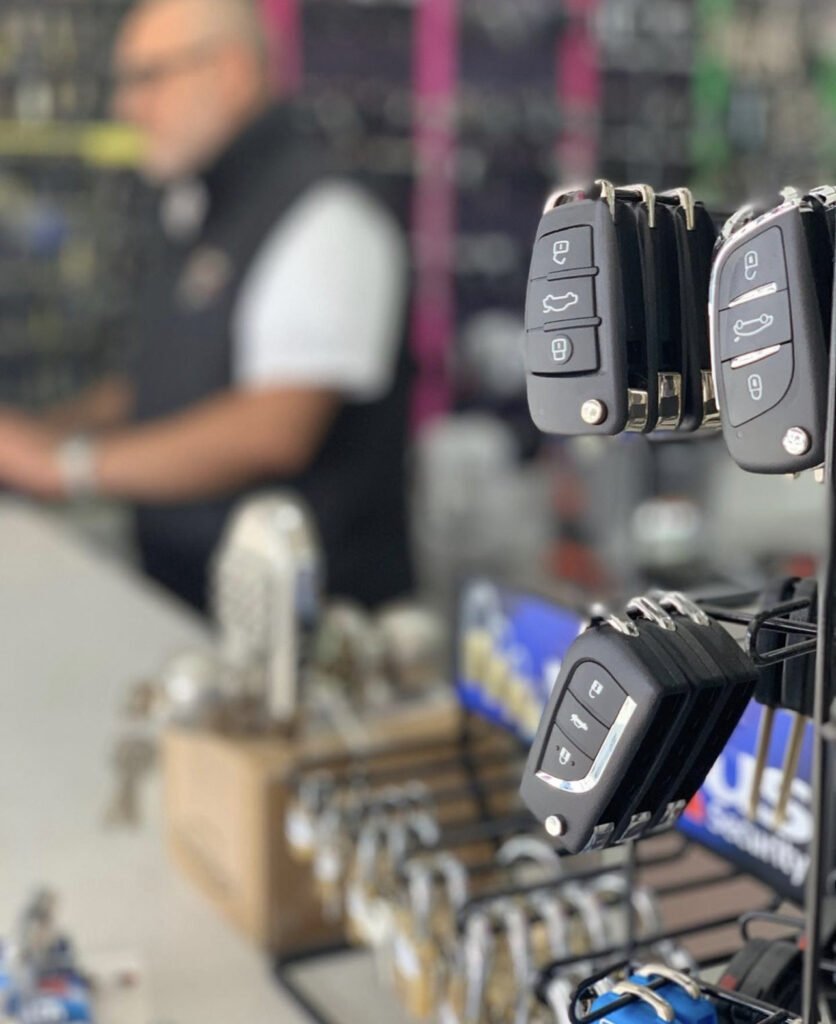Automotive Diagnostics
There are many kinds of diagnostic tools that can be utilized for automotive use. These include back-pin probing and pattern recognition algorithms. These diagnostic tools will help you communicate with remote assistance facilities, in addition to identifying components that are malfunctioning. These tools are essential to making sure your vehicle is safe on the road.
Warning system for component failure
Modern vehicles have numerous internal and electronic systems that monitor how well the car is performing and can be caused by a malfunction. If auto diagnostics near me of the vehicle fails to function properly, it sends an alert signal to let the driver know about the issue. Some warning lights will be a sign of a minor issue, such as a loose gas cap, but others could indicate an issue that is more serious.
A system that detects malfunctions may keep information that can be used to help technicians identify the issue and then fix it. If it detects a fault in time, the repair technician can address the problem quickly and efficiently. By heeding the warnings, a vehicle owner can enhance safety and cut down on the expense of maintenance.
Modern cars are equipped with an onboard computer diagnostic system that continuously monitors every major system and function of the vehicle. It also monitors the efficiency of fuel and harmful emissions. When a component fails an alert light will flash on the dashboard. This system, called OBD is utilized on personal vehicles, trucks and commercial vehicles. It's now a standard procedure in the industry and helps diagnose problems much more easily.
These warnings are called Diagnostic Trouble Codes (or DTCs) and are the result of a diagnosis process to identify the root of the issue. Diagnostics includes research into service information, pin-point tests on the vehicle, and inspecting affected areas. To correctly diagnose the issues with a vehicle it is crucial to understand the meaning behind these codes.
Communication between a car and remote assistance facility
To allow remote assistance to work with your vehicle, you need to have a method of communicating with it. Vehicle-to-vehicle (V2V) communication is a method to connect with other vehicles and exchange information wirelessly. This technology allows the transmission and reception of omnidirectional messages up to 10 times per minute. It allows vehicles to maintain the full view of their surroundings. It also uses information from other vehicles to warn drivers about upcoming accidents. These systems can also utilize tactile and audible alerts to assist drivers in avoiding accidents.
Back-pin probing

Back-pin probing is a method in automotive diagnostics that uses sharp pins to make contact with automotive connectors. These probes are able to be used on all vehicle models and are usually affordable. They are great for taking live circuit measurements without causing harm to connectors. This eliminates the necessity of puncturing the wire insulation.
Many technicians prefer to use back-probing for automotive diagnostics. It is easier than piercing wire insulation. These tools can be inserted into automotive connectors with a variety tips. Many back-probes made specifically for this purpose have a small diameter that reduces the leverage applied to the connector.
Many automotive diagnostic kits include various connectors and probes, such as banana plugs and alligator clips. Certain kits come with a variety of tests kits. These kits will enable you to quickly and efficiently measure the electrical signals that indicate an issue in the vehicle.
Back-pin probing is one of the most efficient ways to test automotive connectors. It allows you to quickly connect or disconnect the test leads. Another benefit of this diagnostic method is that it is affordable. This method can help you save time, money, and labour.
On-board diagnostics
On-board diagnostics in automotive systems can provide drivers with vital information regarding the health of their vehicle. They can also be alerted when their vehicle requires repairs or maintenance. This technology could improve the efficiency of the engine and improve reliability. This technology can be used to enhance safety and engine performance by car makers. These systems can also help save time and money by allowing drivers to know how their car is operating without needing to be in the mechanic's shop.
Before the advent of standardized on-board diagnostics, companies developed their own systems. The initial versions of the system were built using their own connectors, electronic interfaces and custom codes to report problems. Volkswagen and Datsun introduced the first systems in the year 1968 and 1978. The Society of Automotive Engineers (SAE) eventually required all automobiles to be equipped with the technology. California also mandated that all vehicles must have on-board diagnostics in 1994.
On-board diagnostics systems are so sophisticated that they rival the computing power of a desktop computer. They can connect to a variety of mid-speed networks , and handle large volumes of data. Many on-board diagnostics systems include sensors for vehicle speed, that can detect roads with rough surfaces precisely. These sensors are integrated into the engine control module of the vehicle (also known as ECU.
OBD systems can detect problems in the engine of a vehicle and cause a warning light to appear in the instrument cluster. Once it identifies the problem, the OBD system stores a diagnostic trouble-code. To access the trouble code the mechanic must connect an scanner to the OBD connector beneath the dashboard. Although reading a trouble signal is helpful, it doesn't necessarily mean that a mechanic has a good idea what's wrong with your vehicle.
